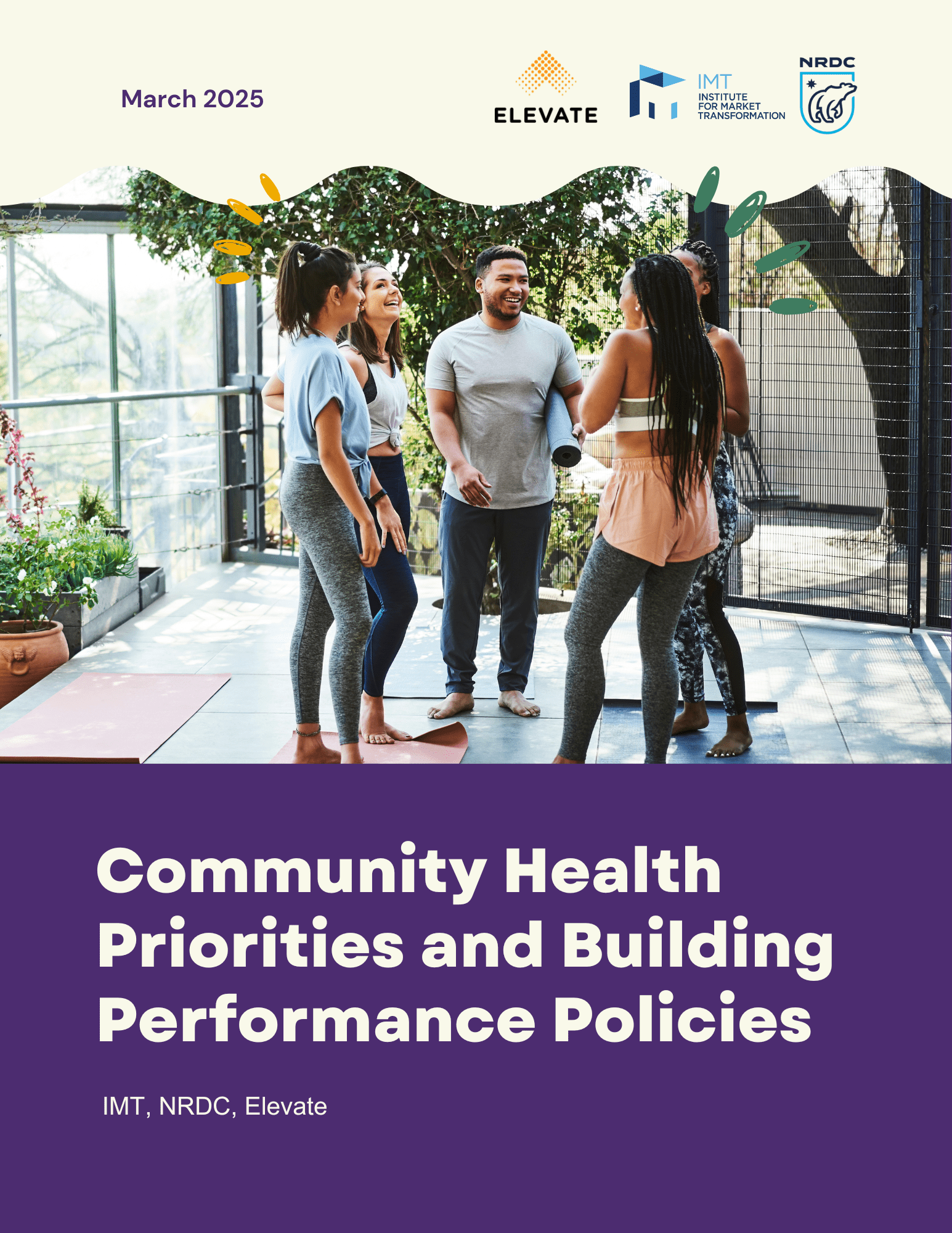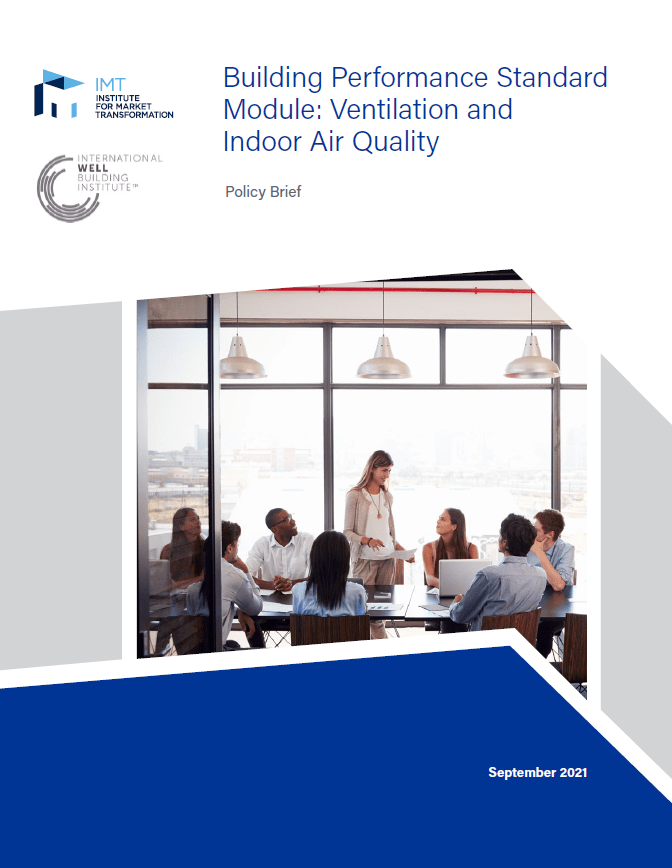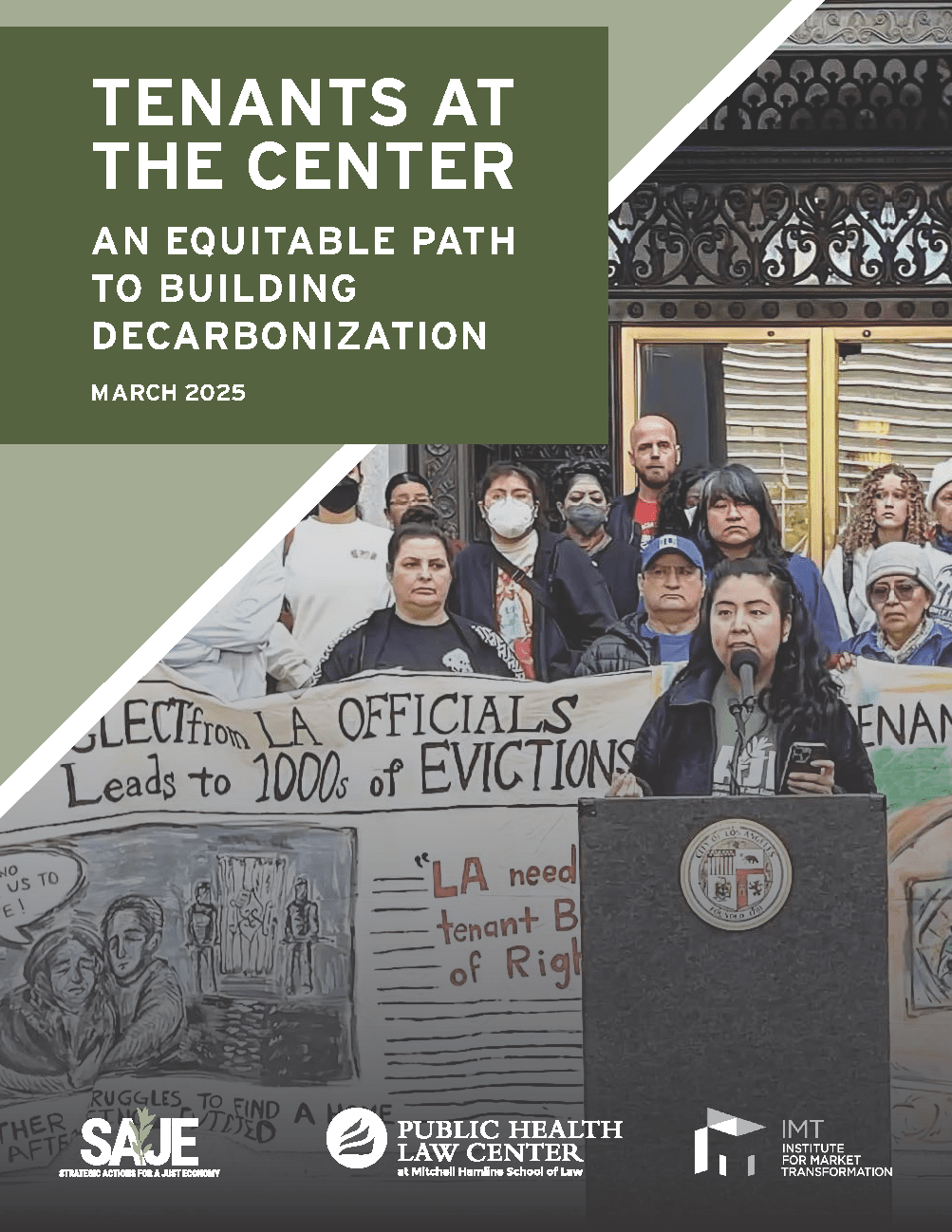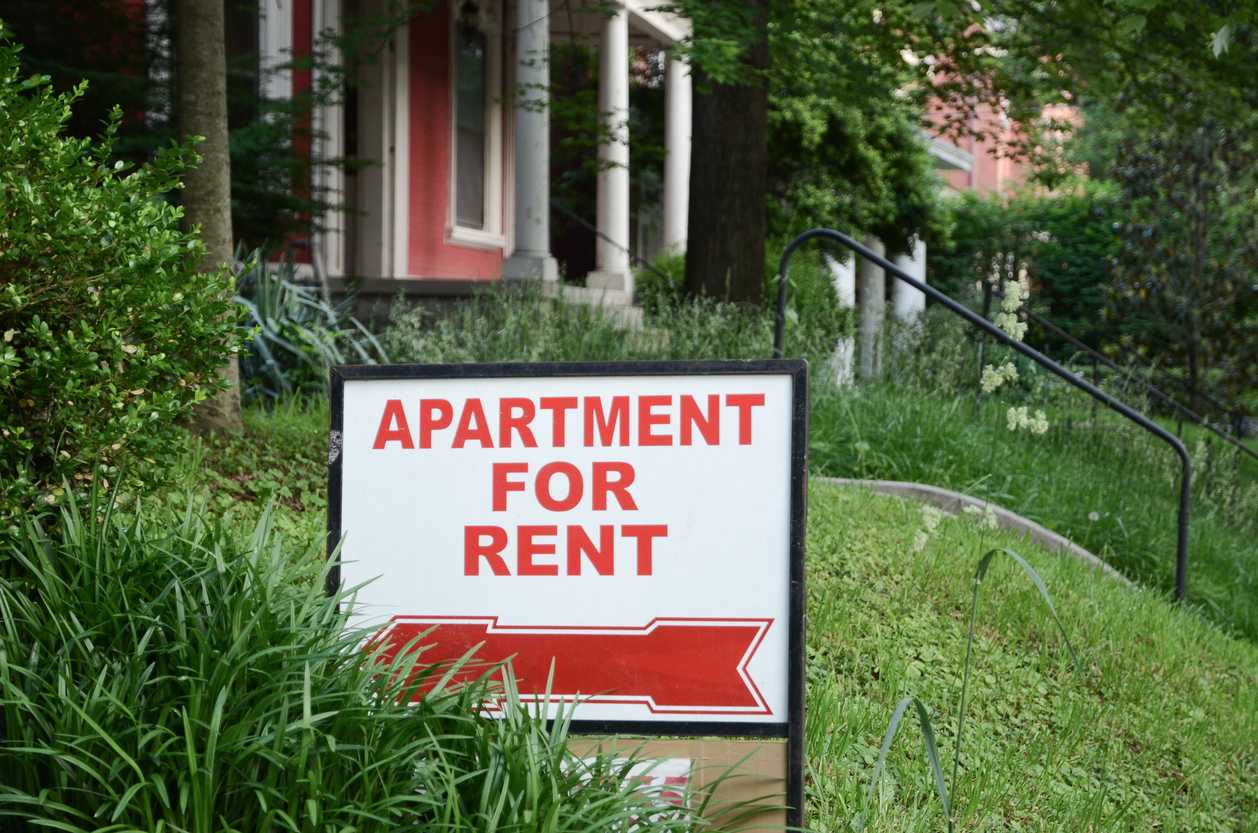
While many organizations, governments, communities, businesses, foundations are all chipping away at climate change from different angles, the planet is still warming and more immediate challenges around affordability and health divert attention from the urgency around climate. How can we as a society do better? By bringing more people into climate action! Some of the most important co-collaborators are the people who will be hurt first and worst by climate change: frontline communities. Additionally, buildings are a key intersection point where climate, affordability, health and other community priorities meet. Policy interventions must start to address all of these issues in parallel.
Without grounding policies in everyday realities, well-intentioned decarbonization efforts risk exacerbating the very inequalities they aim to solve. In 2022, IMT released a suite of social priority modules. These have served as a foundation for integrating intersecting priorities into building performance policy. Since then, IMT has shifted from theory into practice. When it comes to efforts like building performance standards (BPS), IMT is currently facilitating several long-term, nationwide collaborative efforts between jurisdictions, community leaders, and technical partners with a variety of complementary expertise to work together to embed key social priorities like housing, health, governance, and resiliency in buildings policy design.
Sharing Power and Shaping Policies
“How can local residents have more of a say in community governance?” asks Rajiv Ravulapati, Associate Director of Government Engagement at IMT.
Community participation is often treated as a box to check—something to do after the policy is drafted by a smaller group of technical experts. But IMT is helping cities rethink that approach, pushing for governance models that invite communities into the design process from the start, and which provide accountability as policies become laws. Boston was the first city to formally establish a Community Accountability Board (CAB) through its BERDO Review Board, creating a national precedent for co-governance in building decarbonization policy. Chicago is now actively exploring a model through its co-governance initiative, reflecting a growing, local demand in sharing power with frontline communities.
In 2024, Ravulapati alongside Giulianna Di Lauro, Associate Director of Community Engagement, led a cohort of governments and community-based organizations from across the country to dive into this question via the framework of a community accountability board (CAB).
A CAB is a community-led government board that ensures equitable, transparent, and responsive policies serve the needs of frontline communities. CABs are designed to support a community’s priorities, particularly in addressing the impacts of climate change and pollution from buildings.
Cohort participants laid out a roadmap and legal considerations for establishing a CAB in a new factsheet and toolkit. This co-governance is more than a shift in tactics; it’s a reimagining of how power operates in policymaking. Traditional public engagement often prioritizes efficiency over equity, valuing fast timelines mapped to revolving political will and expert input over deeper democratic participation. The lived experiences of those in frontline communities can reveal gaps in proposed regulations, uncover unintended consequences, and spark ideas that policymakers alone might miss.
Addressing Persistent Health Effects
Buildings that are not well maintained or do not meet current construction standards may exacerbate or even lead to poorer health outcomes for residents. Mold and methane gas can increase asthma risk, old insulation can harbor asbestos, and broken systems can fail to provide adequate heating or cooling, exacerbating both physical and mental anxiety.
“There’s no benchmarking equivalent for community members’ health in a building,” says Louise Sharrow, Manager of Policy Design and Implementation at IMT.
Sharrow is a lead author on a new report from IMT, Elevate, and NRDC that was created with a Community Advisory Committee to determine top health priorities related to BPS. The Committee, composed of community groups in Los Angeles and Chicago, identified housing stability, cooling, energy burden, and air quality and ventilation as their primary concerns. This work builds on a 2022 IMT and IWBI policy brief that recommends a pathway for tracking and, ultimately, optimizing metrics for healthy ventilation and indoor air quality as part of a BPS.
Integrating health into building improvement policy offers a more holistic vision of sustainability. When grounded in equity, sustainable building policies can also address both climate threats and stressors that affect people’s quality of life in more immediate ways.
Safeguarding Renters
One of the biggest challenges with decarbonization policies is how to avoid burdening renters by passing the costs of retrofits through in the form of rent increases. A new tenant protections paper from Strategic Actions for a Just Economy (SAJE) and the Public Health Law Center (PHLC) offers proactive recommendations for analyzing gaps in tenant protections that may be exacerbated further by decarbonization policies and provides recommendations for how to achieve better outcomes for renters in parallel. IMT supported this research because we believe it is critical that policies meant to improve buildings, don’t end up harming building residents.
“Decarbonization policies must be designed and implemented carefully to protect renters, who are more likely than homeowners to be Black, brown, or low-income—groups that already disproportionately bear the negative effects of climate change,” says report co-author Chelsea Kirk, SAJE director of policy and advocacy.
Through case studies covering New York City, Chicago, and Los Angeles, the report explores how existing or future building decarbonization policies may affect renters. Specifically, it analyzes potential policy effects related to the rent affordability, eviction protections, construction regulations, and enforcement. The report also emphasizes the need for funding mechanisms and capacity building for small property owners.
“Even where tenant protections exist, climate policies will increase pressure on them,” says other co-author Daniel Carpenter-Gold, Senior Staff Attorney at PHLC. “The people that bear the greatest risk from rent increases, evictions, and harassment are the same groups that have been left behind by previous environmental policy. In other words, no climate policy is equitable if it does not also advance tenants’ rights.”
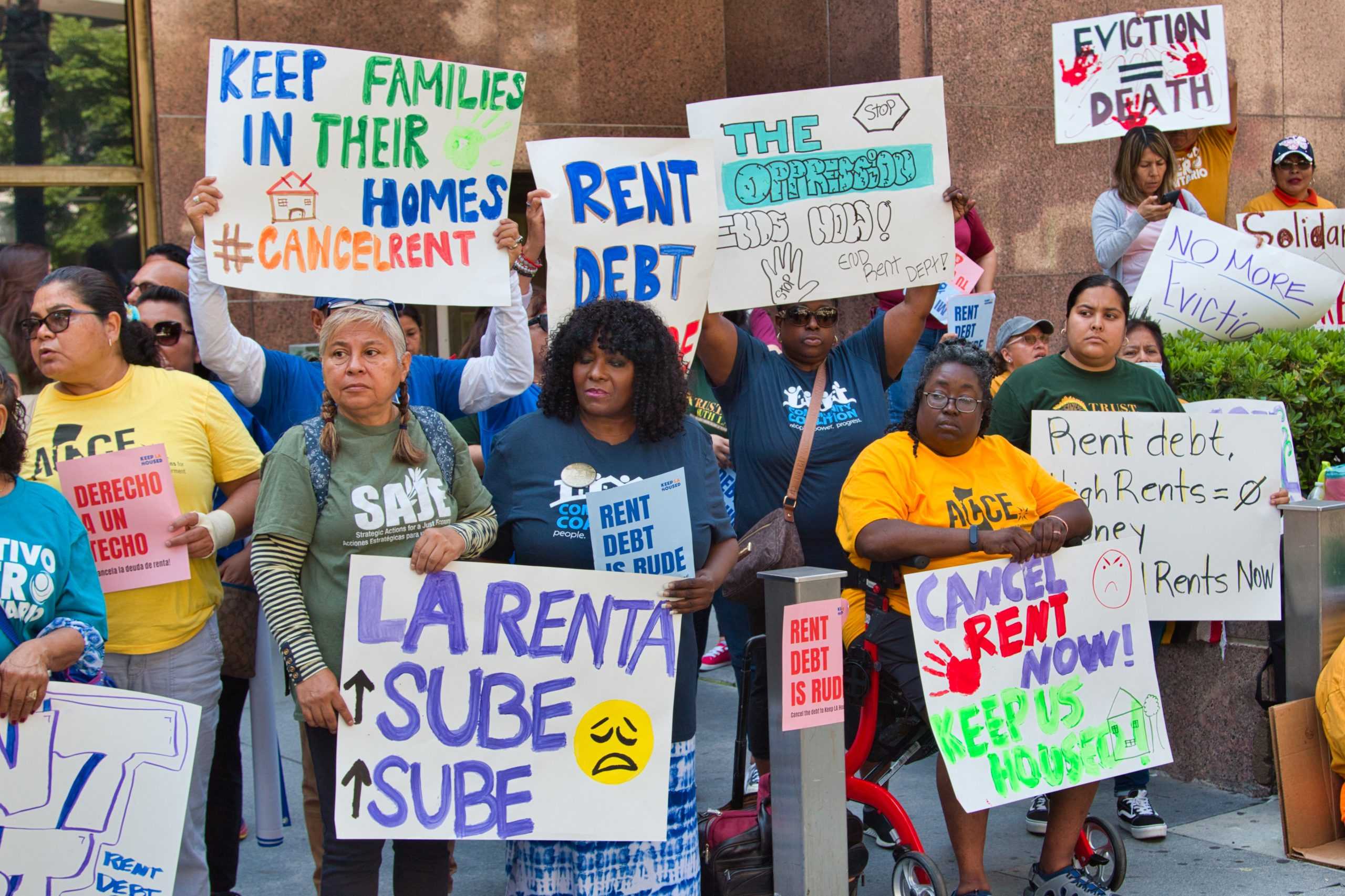
Equitable Path to Building Decarbonization Factsheet (SAJE/PHLC)
Resiliency is the Result
When residents have housing stability, infrastructure that supports their health, and direct avenues for creating the policies that affect their lives, they are better equipped to address and adapt to our shifting climate.
IMT is supporting these social priorities by resourcing both community partners and technical partners with different types of expertise, to work together to design policy. Through efforts like the National Building Performance Standards Coalition and Community Climate Shift, cities and community-based organizations are co-creating decarbonization strategies rooted in collaboration, shared power, and the lived experiences of those most impacted by policy decisions.



